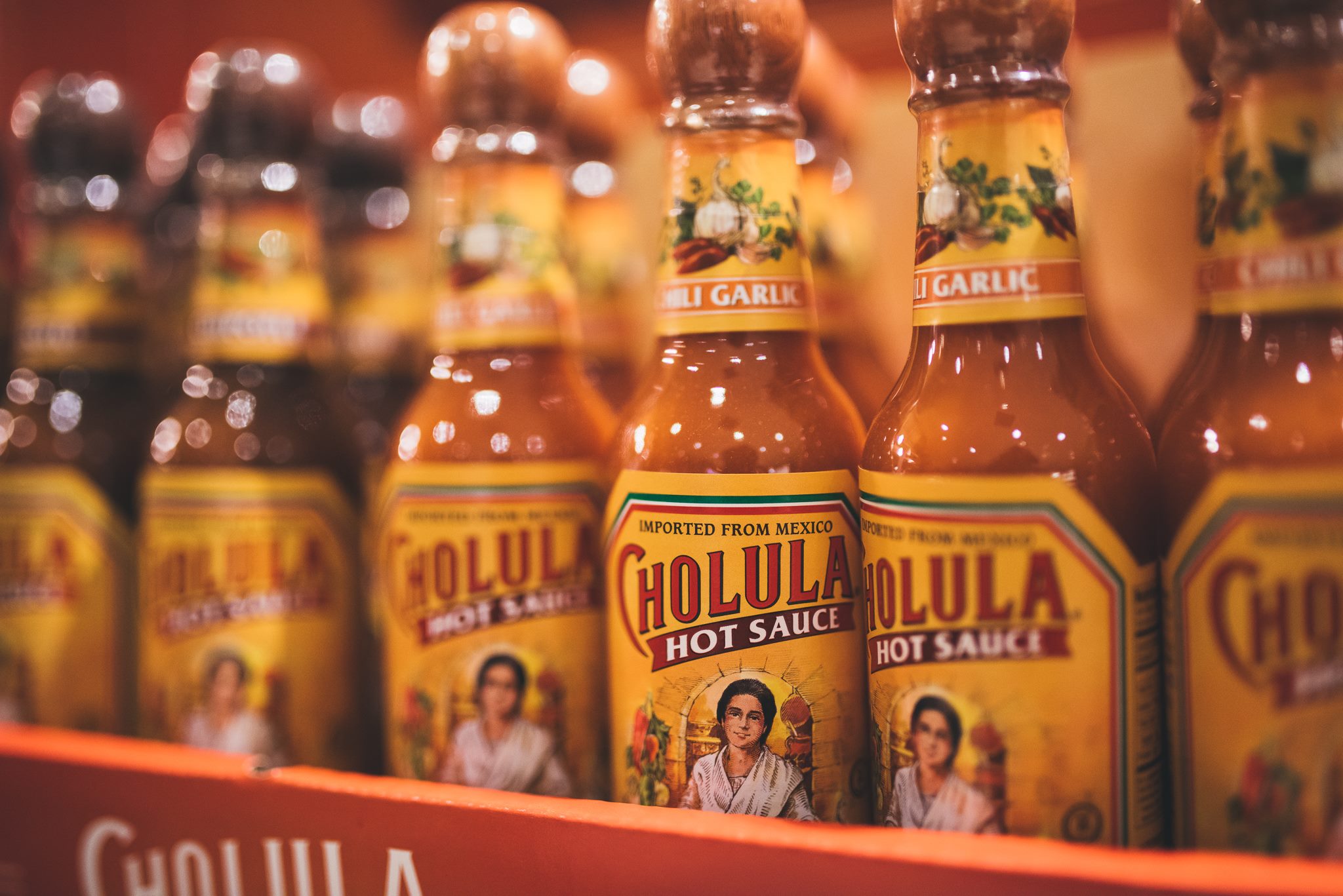
Brendan Foley, McCormick & Co.’s new president and CEO, has referred to hot sauce as a “growth accelerator” for the seasonings and spices maker.
Speaking at his first Barclays Global Consumer Staples Conference since taking the helm at the New York-listed business at the start of September, Foley discussed his priorities, including expanding McCormick & Co.’s “competitive advantage” and strengthening the leadership team in the consumer categories.
However, it was Foley’s comments on spicy sauce that caught the eye at the talks in Boston yesterday (5 September) as the Frank’s RedHot and Cholula sauces brand owner sees a sequential improvement in margins and volumes continuing across the group this year.
“Heat is more than just hot sauce for us,” McCormick & Co.’s former chief operating officer said. “If I would ask you to take one thing away today, that would probably be it, but it’s also the growth accelerator in our entire portfolio.
“Another way to think about heat is it’s another reason to believe in our long-term algorithm because it really does drive that increased growth rate. We’re not looking at it as a trend, it’s a flavour profile.”
Foley said McCormick & Co. estimates about 20% of the company’s total net sales are driven by some sort of heat or spicy associated component, and only half of that is in hot sauce.
“It’s really driving accelerated trends I see in categories that are exclusively defined by heat, like hot sauce, but even in categories like spices and seasonings where you see an item as defined, let’s say by red pepper flakes or something like that,” he said ahead of the third-quarter results on 3 October.
“We believe these are categories with a tailwind for us and we plan to continue to execute against it.”
The so-called “strategic pillars” of his processor Lawrence Kurzius – who remains executive chairman of the board – are still the same, Foley said. In essence, long-term objectives around top-line net sales growth of 4-6%, growth in operating profit of 7-9%, “with some leverage into earnings per share growth” of 9-11%.
Foley said other key focus areas include innovation and ”renovation”, along with “best-in-class” adverting and category management, and accelerating McCormick & Co.’s “digital transformation”.
Volume, margin recovery
Consumers are still “very pressured” and “financially stretched” in the current cost-of-living environment, he said, when asked for some outline on the way forward for volume recovery.
People are still cooking more at home compared to pre-pandemic, Foley suggested, with consumers “favouring those categories which really expand a meal, sort of stretch that dollar, and also for lower cost per serving”.
“We continue to see, on a consumption basis, sequential improvement in dollars, units, volume, and also TDPs (total distribution points),” he added. “We’re just seeing it [volume] continue to improve quarter to quarter overall.”
Volumes are expected to be better in the second half than the opening three months of the year. The improvement, Foley said, reflects McCormick & Co.’s “advantaged categories but also it’s about our execution in the marketplace, brand marketing, category management, innovation – all those levers are really working in the right direction”.
Meanwhile, CFO Mike Smith, speaking at the same Barclays event, said he is “pleased with the margin trajectory this year”, helped by pricing actions that led to about a 110 basis point gross margin improvement in the first half.
Smith referenced the change in guidance from the June second-quarter results call for the margin to rise 50 to 100 points, from the previous 25-50 point outlook.
“It’s been such a dynamic environment the last couple of years, with double-digit inflation, cost recovery, things like that – the natural sequential pattern of gross margins has been a bit disrupted,” he explained.
“What we’ve seen this year, the first six months, we’ve had a gross margin of about 36.5%. Interestingly, the second quarter was 37.1%, 300 basis points higher than the previous year and due to our really great price realisation.
“For the second six, we’ve called for the mid-point of our guidance. So that’s 36.6%, a slight improvement up to the high point of 37.1%.”



